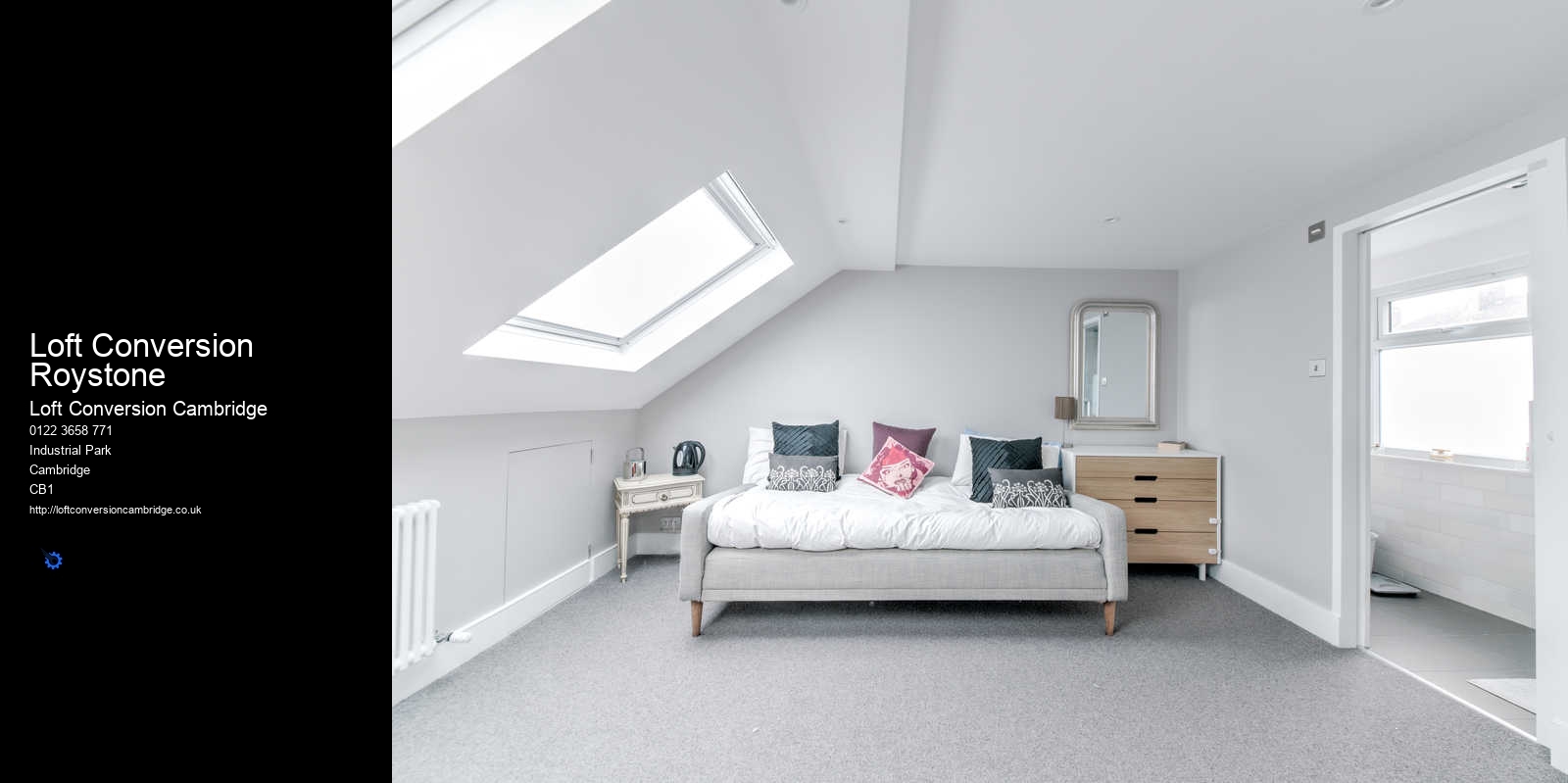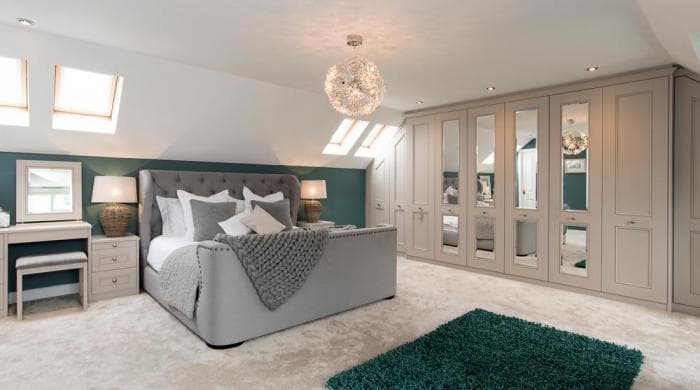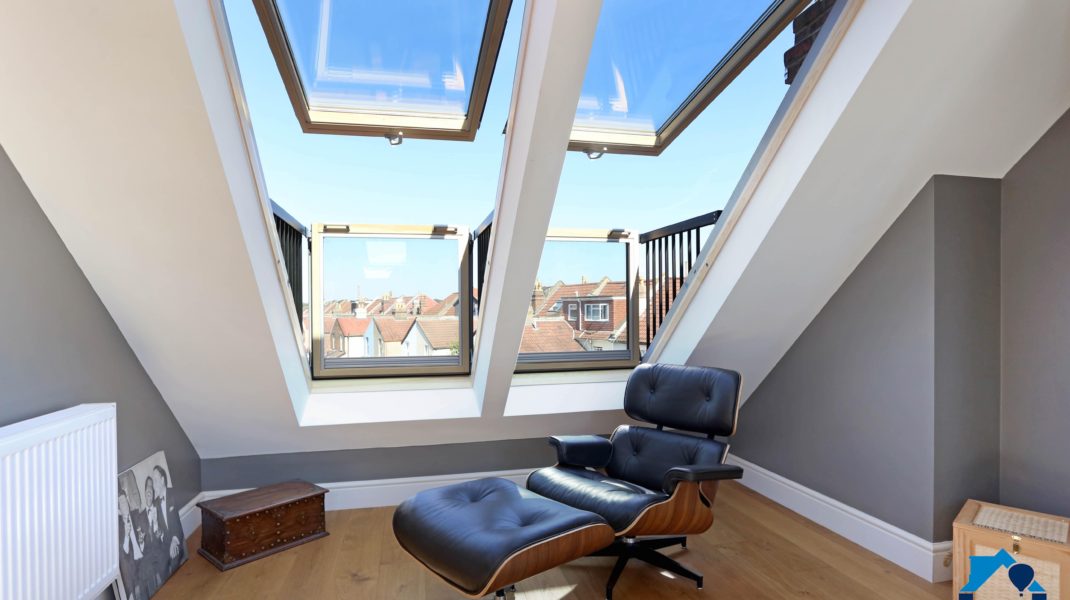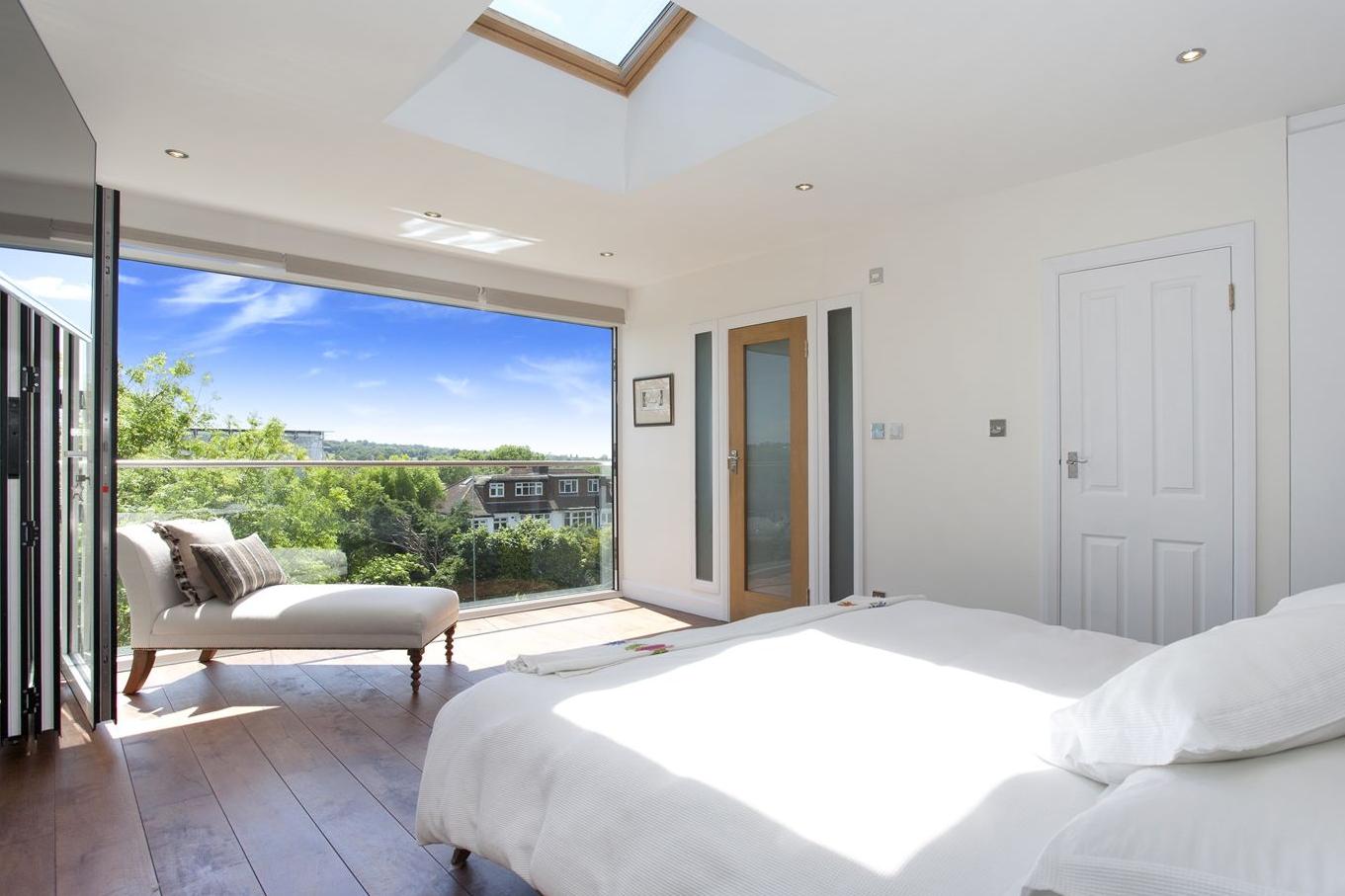Once the loft conversion is complete you will have a brand new bedroom and you will have increased the value of your home. You can use the extra space however you choose – it could be a bedroom, study, playroom, or anything else you can think of.
When it comes to loft conversions in Cambridge, the most expensive part is typically the cost of the structural work. This includes the cost of the roof, roofing materials, and any additional structural supports that may be needed. Additionally, the cost of any additional labour required to complete the project can also be quite high. Depending on the size and complexity of the loft conversion, the cost of the structural work could range from several thousand pounds to tens of thousands of pounds.
Finally, a hip-to-gable conversion is a great option if you’re looking to make the most of a larger loft space. This type of conversion involves creating a new gable wall and adding an additional floor to the existing structure. Hip-to-gable conversions are usually more expensive but they can make the most of a large loft space and can be completed relatively quickly.
The cost of a dormer loft conversion in Cambridge can also be affected by the contractor you choose. If you choose a reputable contractor with experience and good reviews, you’re likely to pay more than if you go with a less experienced contractor. Therefore, it pays to do your research and shop around to find the best deal.
Are you looking to convert the loft in your Cambridge home? Before you start, it’s important to know what type of loft conversion is best for your needs. In this blog, we’ll cover all the different types of loft conversions available in Cambridge, so you can make an informed decision about which one is best for you.
If you’re looking to have a more luxurious loft conversion, then the cost can be much higher. This could include features such as an en-suite bathroom, velux windows, or even a staircase. The cost of a high-end loft conversion in Cambridge can range from £25,000 to £50,000.
The answer is yes, you can use your loft as a bedroom - but it depends on the type of loft you have. Most lofts can be converted into a bedroom, but some lofts may need to be structurally altered in order for this to happen. This is usually the case for lofts with sloping ceilings or those that have limited headroom.
The second type of loft conversion is the dormer conversion. This involves building a new structure onto the existing roof, which is typically made from timber or metal. This type of conversion is more expensive than a rooflight conversion, but it is more flexible in terms of design and allows for greater headroom. The disadvantage of this type of conversion is that it can be quite disruptive to the existing structure of the home.
The type of loft conversion that will add the most value to your property depends on a few factors. Firstly, it’s important to consider the type of house you have. For example, if you have a terraced house, a dormer loft conversion may be the best option. This type of conversion involves creating a new room within the roof space and is the most common type of loft conversion. It is also the most cost-effective solution, as it requires the least amount of structural work.
Next, you'll need to consider the materials you'll be using. If you opt for high-quality materials like cedar shingles or slate tiles, the cost will be higher than if you use less expensive materials like asphalt shingles. Other factors you'll need to consider include the size of the dormer, whether you hire a professional to do the work, and the cost of any additional building permits or inspections that may be necessary.



